Ancistrus, better known as sticky catfish, are popular aquarium fish that attract not only with their unusual body shape and coloring but also with their benefits. They help keep your aquarium clean by eating up algal growth on glass panes and decorations.
Compatible fish species
Corridors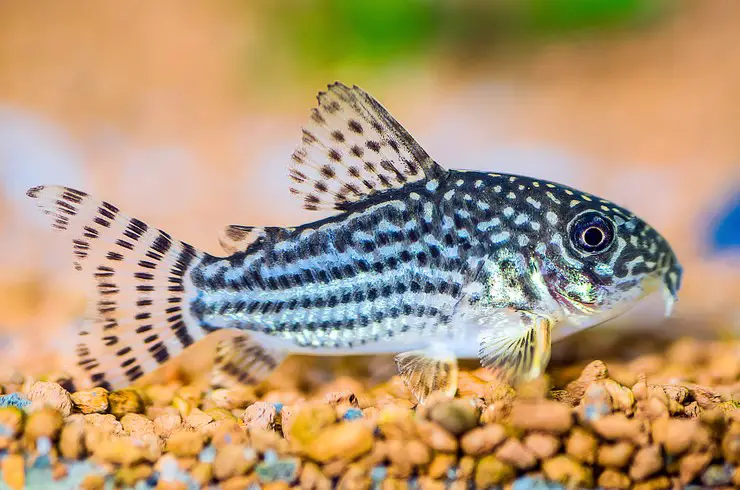
Ancistrus are perfectly compatible with other aquarium catfish, including corridors. Despite the common habitat, conflicts between them practically do not arise. Corridors perfectly complement the Ancistrus in keeping the aquarium clean. When the former pick up the remains of the food falling to the bottom, the latter also clean the walls, which is of great benefit.
Guppy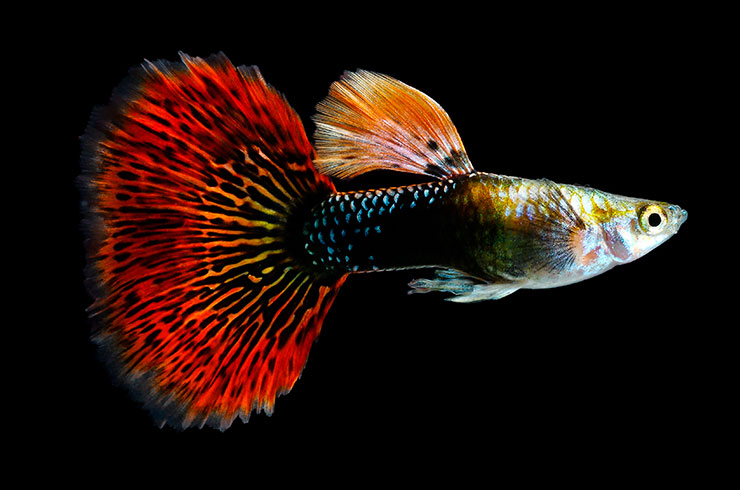
A small viviparous fish, the guppy, is a great neighbor for ancistrus. It is difficult to imagine a situation where the interests of these two completely different species would collide. Therefore, you can safely plant the catfish in a common aquarium with live-bearers, it will not be dangerous even for guppy fry.
Neons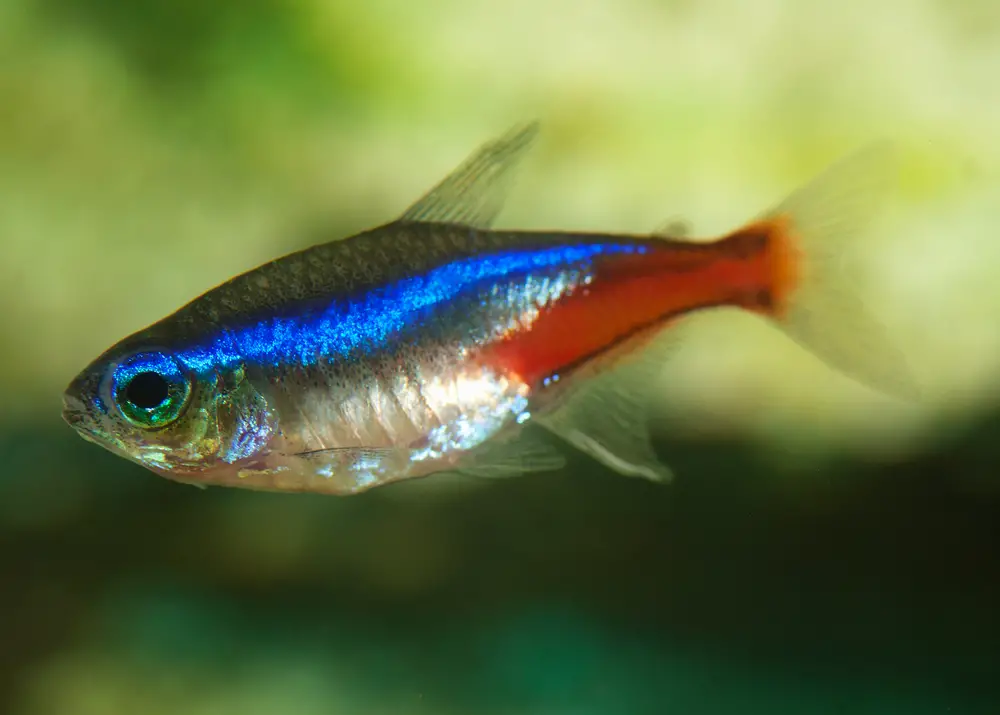
Gorgeous neon characin fish with a shiny strip on the side will not experience discomfort from living together with ancistrus. The fish simply do not notice each other and each does their own thing.
Barbs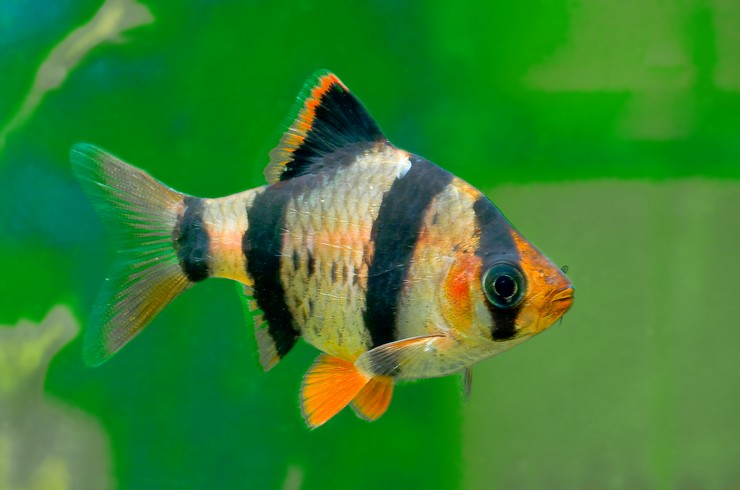
The well-known bully barbs cannot penetrate the strong armor of the ancistrus, so they cannot offend the catfish. The fish will swim quietly together, filling the middle and bottom of the tank.
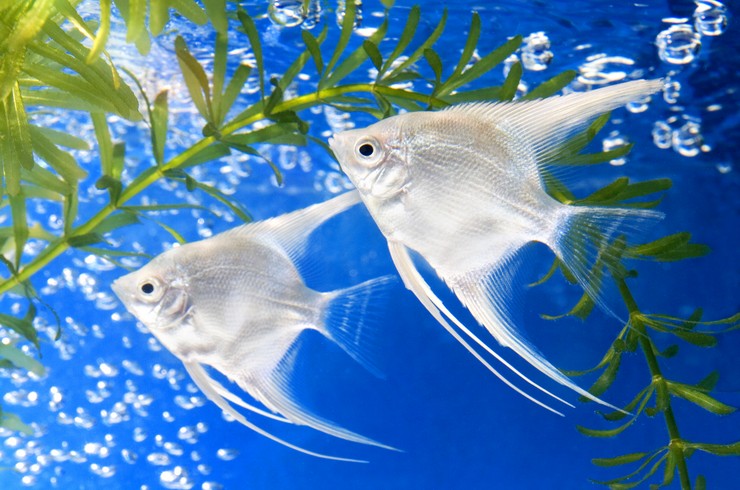
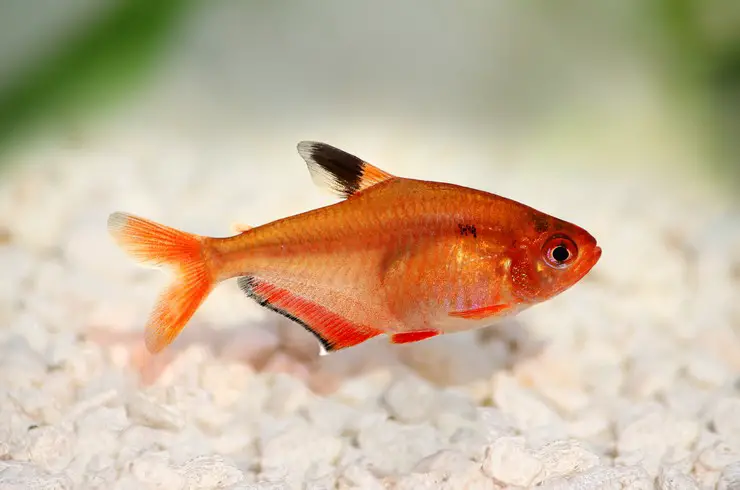
A flock of bright red minors will add variety to your Ancistrus tank. Despite the fact that the size of adult arachnids can differ from the size of ancistrus by almost two times, there is no threat from the catfish. Unless it will intimidate an overly curious minor who swam too close to the day’s shelter.
Gourami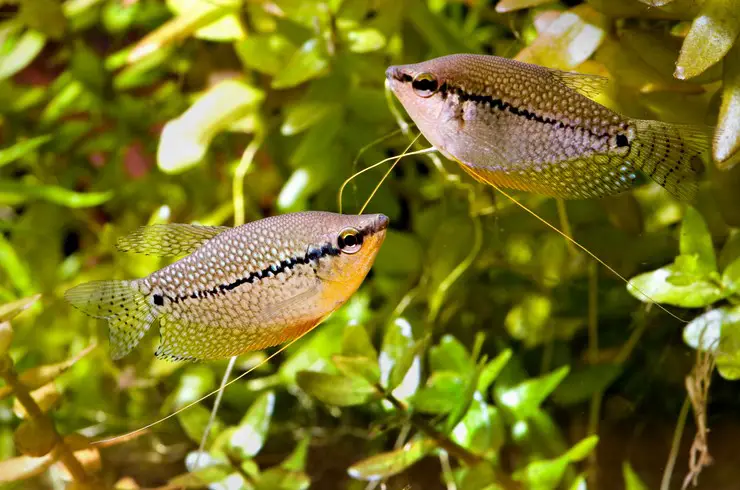
Gourami need not fear for their lives and sensitive antennae fins. Ancistrus will never hurt any of them. Quite the opposite, the fish will live happily ever after.
Discus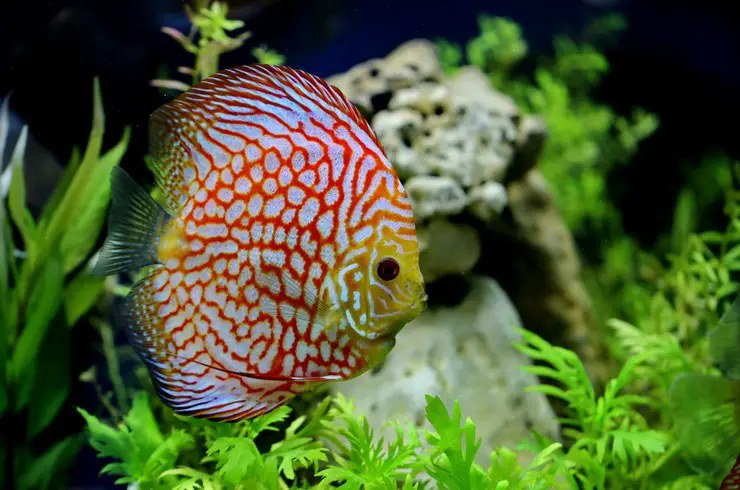
Ancistrus are one of the few fish that can live in discus aquariums, as they tolerate temperatures of 28-30 ° C well. In soft water, catfish also feel good, since they naturally inhabit the tropics of South America. The kings of the aquarium will not notice the “sticky” going about their business. And there is no need to wait for the manifestation of aggression from herbivorous catfish. At the same time, ancistrus will bring invaluable benefits, eating up the remains of food and clearing the walls of the aquarium from algae.
Relatively compatible species
African cichlids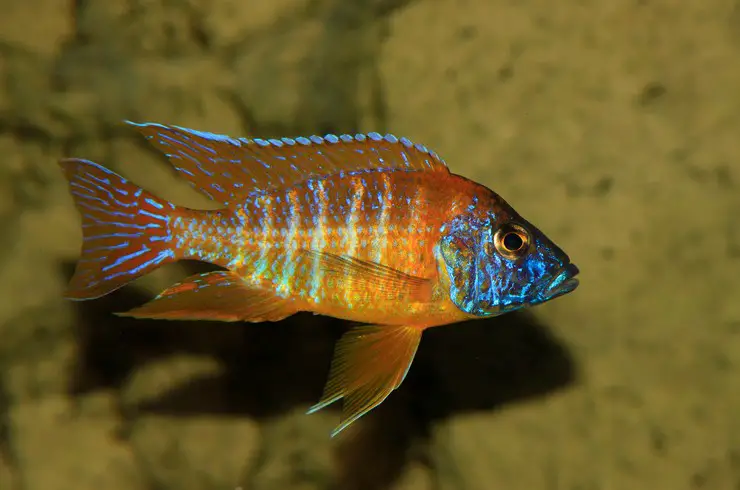
The combination of ancistrus with African cichlids is ambiguous. On the one hand, many aquarists, live well together and do not offend each other. On the other hand, territorial cichlids can perceive a threat from the sticky catfish and attack it. Even the strong shell of the ancistrus cannot withstand a strong onslaught. It should also be borne in mind that overly alkaline and hard water is not very suitable for ancistrus, which originate from the soft and acidic waters of the Amazon.
Labeo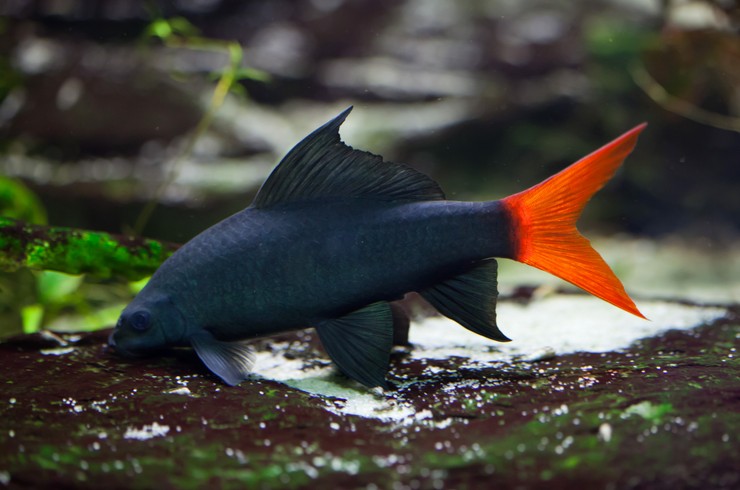
Unfortunately, the joint maintenance of Labels and Ancistrus does not always end well, because the former are real owners and fiercely guard the borders of their territory. The reliable armor of catfish, of course, will save them from the attacks of a neighbor, but the ancistrus will surely get unnecessary stress.
Incompatible species
American cichlids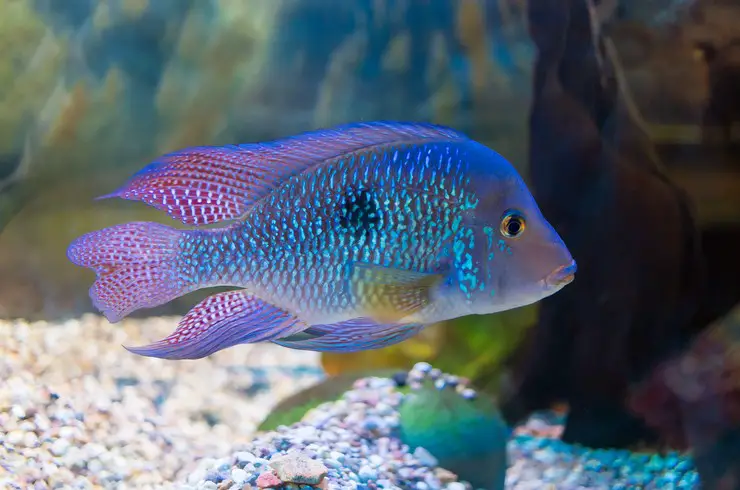
Large and aggressive cichlids, such as cichlids and astronomies, are often not stopped by either the reinforced skin of the ancistrus or the sharp spines on the fins. If a cichlid chose ancistrus as a victim, then sooner or later she will overtake him.
Koi carp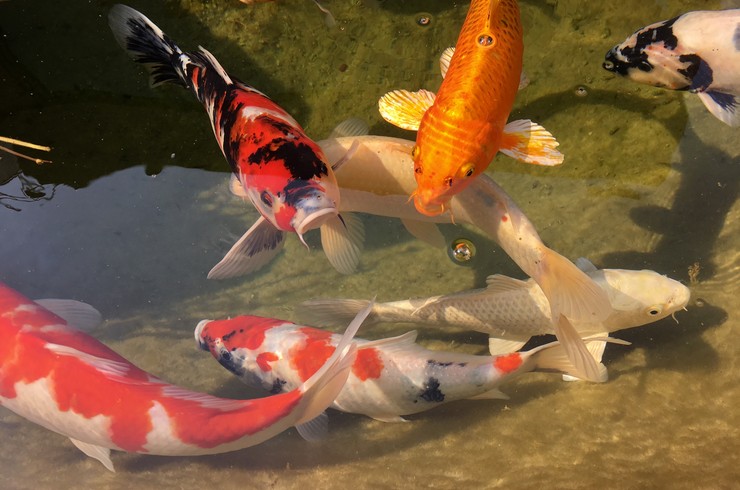
Large koi carps will not be the best roommates for ancistrus. First of all, they prefer much colder water, while ancistrus is a thermophilic species. Large koi are quite capable of swallowing a small ancistrus. In summer, koi carps are usually kept in decorative ponds, but catfish cannot be placed in such conditions.
What you should pay attention to
Nocturnal lifestyle
Ancistrus is most active at night, after turning off the light. This must be taken into account when feeding fish. To ensure that your pet receives food accurately, use special sinking tablets and throw them just before turning off the light.
Shelters
During the day, ancistrus prefer to hide in shelters. Therefore, it is advisable to place a variety of grottoes, ceramic pots, or halves of a coconut shell in the aquarium. In them, the fish feel comfortable and can easily hide if any of the neighbors are too annoying.
Snag
Be sure to place natural driftwood in the ancistrus aquarium. It will serve as an excellent refuge. But its most important role – a source of cellulose, necessary for catfish digestion, adhered.

